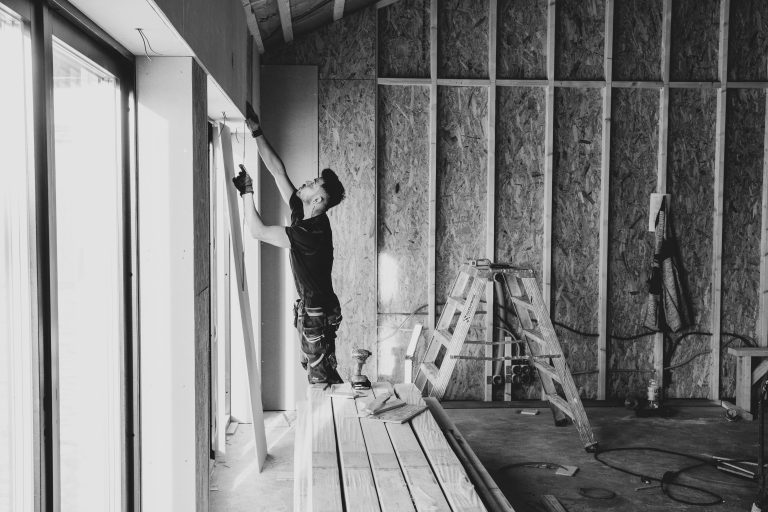Home Prices Keep Rising In Key Markets
National Association of Realtor’s roundup of the 10 Markets Seeing the Sharpest Price Increases shows home prices are still climbing nationally, with some metro areas posting the steepest gains. The mix of limited inventory, steady household formation, and owners sitting on very low mortgage rates continues to support prices. Even where demand has cooled a bit, fewer homes for sale keeps a floor under values. The takeaway is simple. This is a market where well priced homes move and replacement costs keep anchoring prices and continue to see home price growth.
Why This Is Happening
Inventory remains tight. Many owners are locked into mortgages that start with a 2 or a 3, so they hesitate to list unless they must move. Builders are adding supply, but not fast enough to balance demand in many metros. At the same time, rents are high, which nudges some households toward buying. All of that creates upward pressure that is driving the home price growth, especially in neighborhoods with good schools, commutes, and amenities.
What It Means If You Are Buying
Set a realistic price ceiling and shop with a fully underwritten preapproval, not just a prequal. Ask your lender to show you monthly payments at 2 or 3 rate scenarios so you can act quickly when the right home appears. Use tools like rate buydowns and credits from the seller to improve affordability without overreaching on price. If you are targeting one of the faster appreciating markets in the country, expand your search radius by 10 to 15 minutes and include upcoming listings from your real estate agent’s network. Be ready for appraisal conversations. If the home pencils out for you beyond the headline price because of location, condition, or low near term maintenance, prepare comps with your agent so you can respond if the appraisal comes in light.
What It Means If You Are Selling
Lean into preparation and pricing. Buyers are value sensitive even as prices rise, so clean, repaired, and photo ready homes still command the best outcomes. Price to the last 30 to 60 days of comparable sales rather than to a stretch number. If you are in a hot micro market, consider a list price that attracts multiple qualified buyers rather than one that scares them off. Offer clarity on operating costs. Utility histories, recent invoices, and info about energy upgrades help buyers feel confident and support your price.
A Note On “National” Headlines
The national story is helpful, but your outcome will be set by your block, school district, and price band. In the same metro, entry level townhomes can be red hot and seeing home price growth while luxury new builds are steady and rural properties are slower. Ask your real agent to show you months of supply and days on market for your exact segment. That data will guide your strategy better than any broad average.
How To Use The NAR List
If your city appears among the sharpest risers in the NAR article and seeing home price growth, treat that as a signal to be disciplined. Buyers should lock financing early and watch new listings daily. Sellers should prepare for strong interest but still respect the comps. If your city is not on the list, do not assume weakness. Many healthy markets are simply growing at a moderate, sustainable pace.
Bottom Line
Prices are still rising in many places. Smart preparation and local data will matter more than ever. If you would like a vetted real estate agent in your market who can translate these trends into a concrete plan to buy or sell, I am happy to make an introduction.







